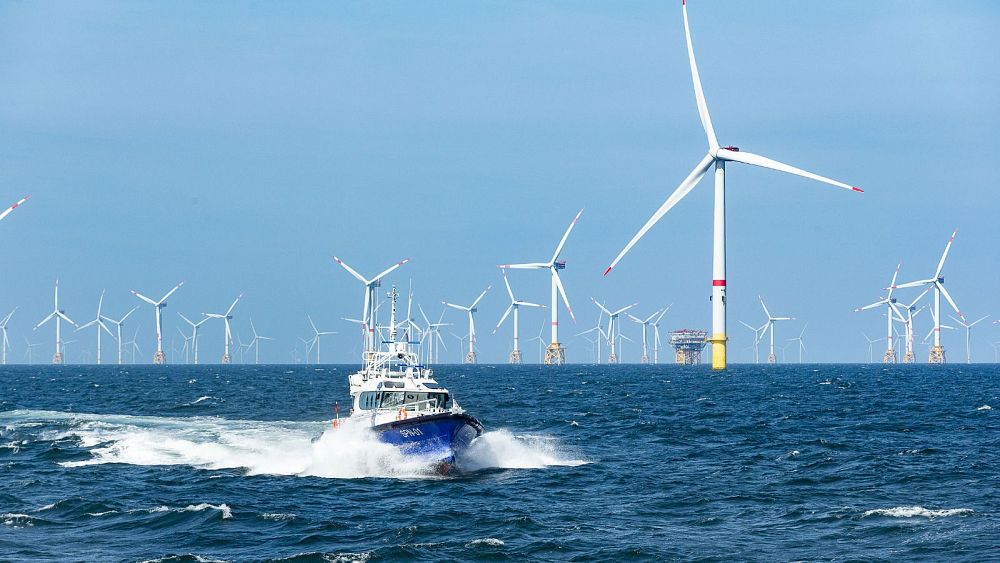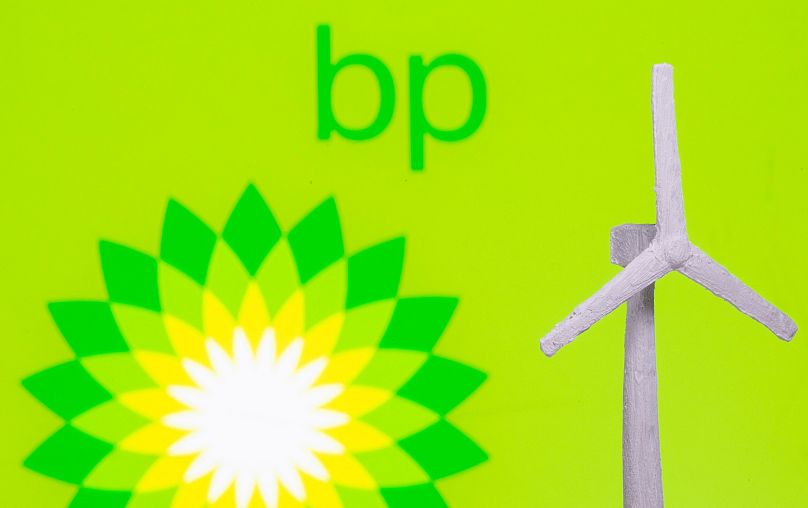
Two energy giants — not quite alike in their green credentials — are competing over the same bit of sea floor.
Oil major BP plans to build a vast carbon capture project beneath the North Sea that would help Britain hit its emissions targets. Danish firm Ørsted wants to erect a huge offshore wind farm to help the country meet renewable goals.
The problem is, the seabed’s double-booked, and something has to give.
The UK granted preliminary licences for both projects more than 10 years ago, when an overlap of about 110 square km on the sea floor — around the size of Disney World — wasn’t seen as a major obstacle to either technology.
But now a dispute is unfolding over this ‘Overlap Zone’ shared by Ørsted’s Hornsea Four wind farm and BP’s Endurance carbon capture and storage (CCS) sites off the Yorkshire coast.
Why can’t a CCS and wind farm coexist?
Boats used to monitor carbon leaks are at risk of colliding with wind turbines fixed to the sea floor, according to recent studies.
Last year the North Sea Transition Authority (NSTA), which regulates offshore energy activity, found that large crossovers between such ventures were unfeasible at present.
«At the time these rights were granted, it was unclear how the emergent technologies would develop,» England’s Crown Estate licensing agency told Reuters, referring to the wind farm and CCS licences the government awarded in 2010 and 2011 respectively.
BP is unwilling to switch to a costlier boat-free monitoring system and Ørsted to cede territory, with both saying such concessions would hit their commercial prospects.
This little known clash risks undermining Britain’s drive to meet its climate goals, according to the companies involved and a North Sea green transition expert.
Endurance’s capacity alone could account for at least half of the 20-30 million tonnes of CO2 the nation aims to capture a year by 2030.
While the wind farm’s planned capacity of 2.6 gigawatts (GW) would help Britain move towards its goal of increasing offshore wind capacity from 11 GW in 2021 to 50 GW by the end of the decade.
Resolving this conflict — and setting new rules that determine whether a wind farm, carbon store or other energy source has priority in overlap areas — “is crucial if the UK is going to achieve its net-zero targets,» says John Underhill, geoscientist and director at Aberdeen University’s Centre of Energy Transition.
The battle for space in the North Sea

The BP-Ørsted showdown could spell the start of similar disputes in an increasingly crowded North Sea.
Britain’s eastern seaboard has the right geology for carbon storage and the shallow waters needed for fixed-bottom offshore wind farms. So it is shaping up to be a key battleground for the competing green technologies in coming years, they said.
«Offshore wind has obviously come forward quite quickly since 2015, this has resulted in an increased pressure for sea floor space,» said Chris Gent, policy manager at the European carbon capture trade association CCSA.
Britain’s BP and Danish renewables company Ørsted say they are committed to finding a solution to their dispute, which comes to a head next month. British authorities are due to decide whether to give Hornsea Four the final go-ahead on 22 February, while BP and its partners plan to make a final investment decision on Endurance this year.
It’s not just climate targets that are at stake; there’s also a lot of money riding on the projects, which would together cover about 500 square km of the seabed.
BP didn’t give a cost estimate for Endurance, while Ørsted pegged its wind farm at up to £8 billion (€9 billion).
The oil giant says it needs certainty about the fate of the zone ahead of its final investment decision to enable CO2 injection in 2026 as planned.
Alternative CO2 monitoring could be one answer
Although NSTA has ruled out large physical overlaps between carbon storage sites and wind farms for now, there is hope that new technologies could change that.
The leading contender, ocean bottom nodes (OBN) fixed to the seabed, could do much of the work of the seismic data boats.
But Ronnie Parr, senior geophysicist at the regulator, said that while OBN costs were expected to fall, they would probably still cost three or four times more than using boats.
Alternative methods of CO2 monitoring need to make it through development stages and get cheaper — especially in a CCS sector where profits are already elusive.
Despite the obstacles off the coast of Yorkshire, talks continue.
BP said it was committed to a mutually acceptable outcome through ongoing commercial discussions, while Ørsted said it was confident an agreement could be reached to allow both projects to move forward.
